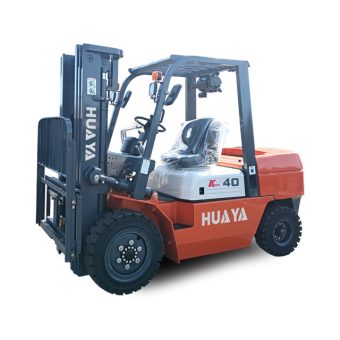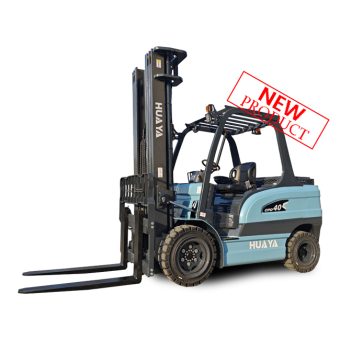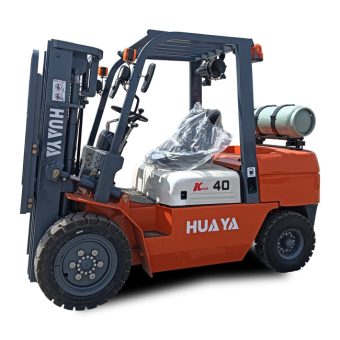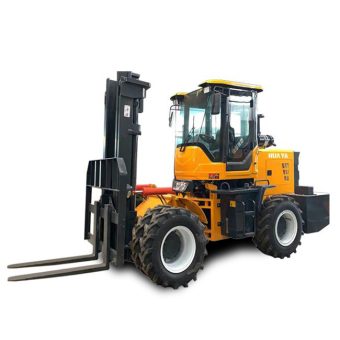
News
Forklifts are the unsung heroes of many industries, effortlessly hauling heavy loads and keeping operations moving. But with great power comes great responsibility, and that’s where OSHA (Occupational Safety and Health Administration) steps in. If you’re in the forklift game—or simply curious—let’s dive into what OSHA requires to ensure safety and compliance.
Picture this: a bustling warehouse with forklifts zipping around like racecars. While exciting, it can quickly turn dangerous without proper rules in place. OSHA’s regulations aim to prevent accidents, protect workers, and keep businesses on the right side of the law. Whether you’re an operator or a manager, understanding these requirements is non-negotiable.
First things first—training. According to OSHA, anyone operating a forklift needs proper, thorough training. This isn’t just about hopping on and hitting the gas. Operators must:
Be at least 18 years old.
Receive training tailored to the specific forklift they’ll be using.
Pass an evaluation conducted by a qualified trainer.
Training includes classroom-style instruction, practical exercises, and a final performance evaluation. And here’s the kicker: refresher training is mandatory every three years—or sooner if unsafe practices are observed.
Forklifts aren’t just machines; they’re lifelines for many businesses. OSHA requires that they’re maintained to the highest standards. This includes:
Daily Inspections: Check brakes, tires, steering, and all essential components before each shift.
Maintenance Logs: Keep detailed records to show compliance and stay ahead of issues.
Load Capacity Adherence: Never exceed the forklift’s weight limit—seriously, it’s not worth the risk.
Forklifts don’t operate in a vacuum—they’re part of a bigger environment. OSHA emphasizes the importance of maintaining safe workplace conditions. That means:
Clear Pathways: A clutter-free workspace ensures smooth operations.
Proper Lighting: Visibility is key, especially in dimly lit areas.
Markings and Signage: Clear labels for pedestrian zones and forklift paths reduce accidents.
Let’s face it: forklifts can be dangerous if mishandled. OSHA highlights specific hazards operators and employers should watch out for:
Tip-Overs: One of the most common accidents, often due to overloading or reckless driving.
Pedestrian Accidents: Always maintain a safe distance and sound the horn when navigating blind spots.
Falling Loads: Secure all cargo to prevent life-threatening incidents.
OSHA doesn’t just create rules; they enforce them. Regular audits can happen, and penalties for non-compliance can be hefty. To stay prepared:
Conduct self-inspections regularly.
Ensure all training records and equipment logs are up-to-date.
Address any identified hazards immediately.
Let’s not overlook the silver lining here. Following OSHA’s forklift rules isn’t just about dodging penalties—it’s about creating a safer, more efficient workplace. Benefits include:
Fewer accidents and injuries.
Higher productivity and morale.
Better reputation as a responsible employer.
At the end of the day, OSHA’s forklift requirements aren’t just a bunch of rules—they’re a roadmap to a safer workplace. By prioritizing training, maintaining equipment, and creating a safe environment, you’re not only protecting your team but also your bottom line.
So, the next time you see a forklift in action, remember: it’s more than just a piece of equipment. It’s a powerful tool that, when used responsibly, keeps the wheels of industry turning.
Now, go forth and lift responsibly!



